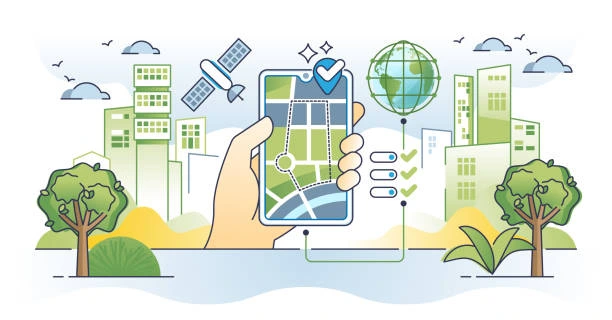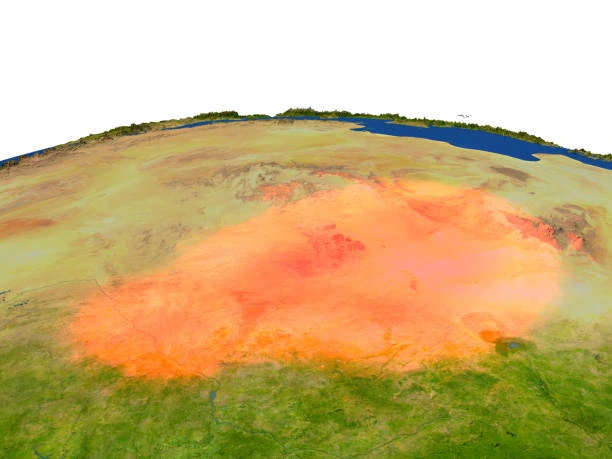Course Overview
This course provides an in-depth understanding of how remote sensing technologies can be utilized to monitor and manage forest ecosystems. It covers the principles and applications of remote sensing for forest monitoring, including vegetation analysis, forest health assessment, and change detection. Participants will gain practical skills in using remote sensing data to make informed decisions regarding forest management and conservation.
Course Duration
5 Days
Who Should Attend
- Environmental scientists and researchers
- Forest managers and conservationists
- Geographic Information System (GIS) specialists
- Remote sensing professionals
- Policy makers and stakeholders involved in forestry and environmental management
Course Objectives
By the end of this course, participants will be able to:
- Understand the fundamental principles of remote sensing and its application in forest monitoring.
- Learn to use various remote sensing platforms and sensors for collecting forest data.
- Analyze remote sensing data to assess forest health, vegetation types, and land cover changes.
- Develop skills in interpreting and visualizing remote sensing data for effective forest management.
- Explore case studies and practical examples of remote sensing applications in forest monitoring.
Course Outline:
Module 1: Introduction to Remote Sensing and Forest Monitoring
- Overview of remote sensing technologies and their evolution
- Principles of remote sensing: electromagnetic spectrum, sensors, and platforms
- Importance of remote sensing in forest management and monitoring
Module 2: Remote Sensing Platforms and Sensors
- Types of remote sensing platforms: satellite, aerial, and UAV
- Key sensors and instruments used in forest monitoring
- Data acquisition and preprocessing techniques
Module 3: Forest Vegetation Analysis
- Methods for classifying and mapping forest vegetation types
- Techniques for assessing forest canopy cover and density
- Using vegetation indices (e.g., NDVI) for forest health monitoring
Module 4: Change Detection and Forest Health Assessment
- Techniques for detecting and analyzing changes in forest cover over time
- Identifying indicators of forest health and stress
- Case studies of forest disturbances, deforestation, and degradation
Module 5: Data Interpretation and Visualization
- Tools and methods for analyzing remote sensing data
- Creating maps, charts, and visualizations for forest management
- Integrating remote sensing data with GIS for comprehensive forest monitoring
Customized Training
This training can be tailored to your institution needs and delivered at a location of your choice upon request.
Requirements
Participants need to be proficient in English.
Training Fee
The fee covers tuition, training materials, refreshments, lunch, and study visits. Participants are responsible for their own travel, visa, insurance, and personal expenses.
Certification
A certificate from Ideal Sense & Workplace Solutions is awarded upon successful completion.
Accommodation
Accommodation can be arranged upon request. Contact via email for reservations.
Payment
Payment should be made before the training starts, with proof of payment sent to outreach@idealsense.org.
For further inquiries, please contact us on details below:






